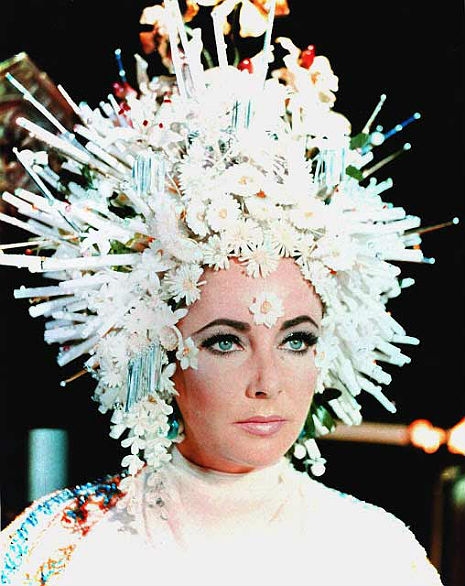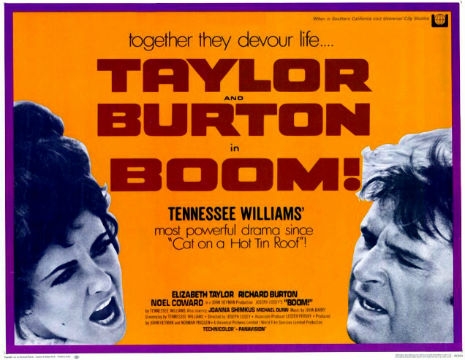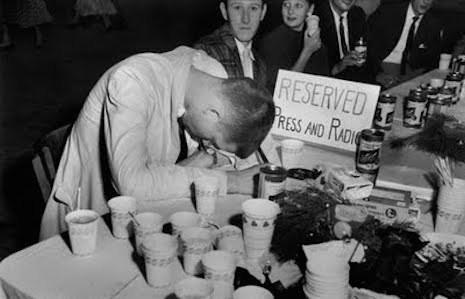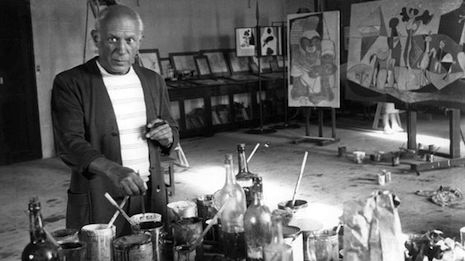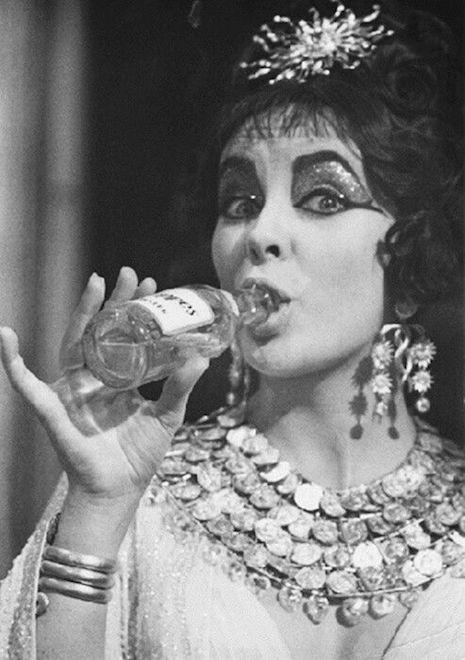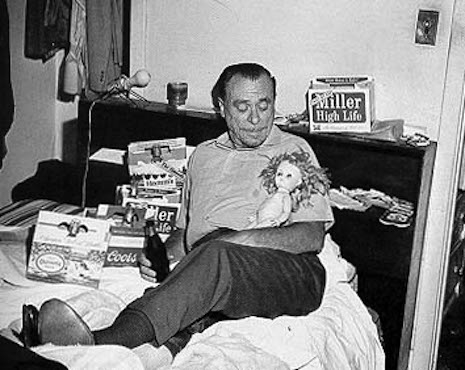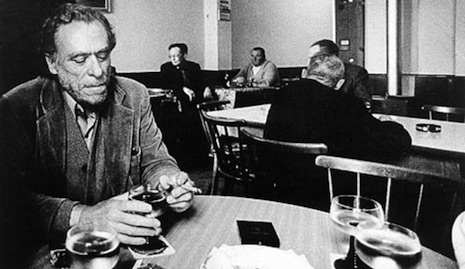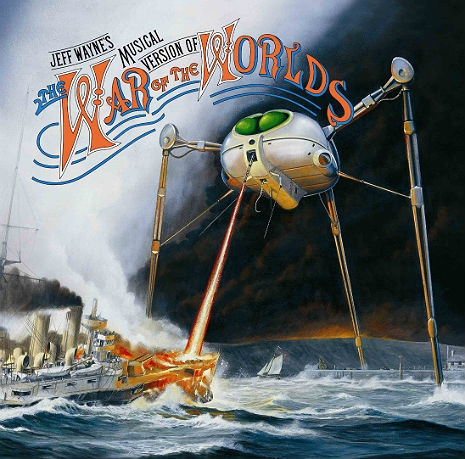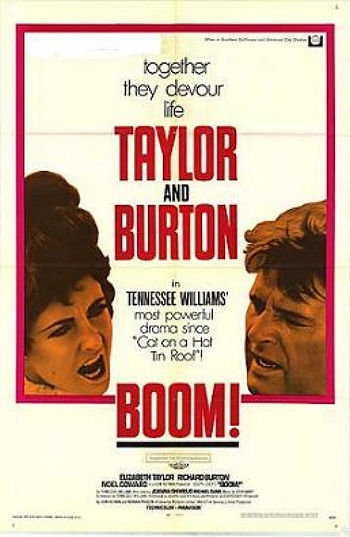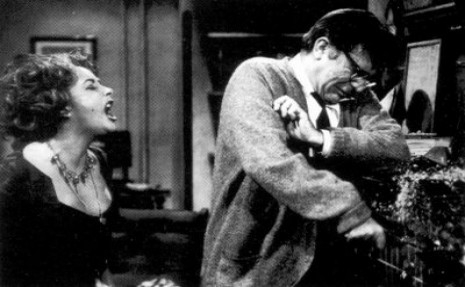
Marlon Brando explaining to Swedish actress Ewa Aulin how strong his tongue is.
As far as movies go, 1968 flick Candy has it all. A star-studded cast comprised of Marlon Brando, Richard Burton, James Coburn, John Huston (playing the head doctor of a mental institution), Walter Matthau, John Astin (best known for his role as Gomez Addams on TV’s The Addams Family), Ringo Starr (as Emmanuel the Mexican gardener) and striking Swedish actress and beauty queen Ewa Aulin. Add a killer soundtrack composed by Dave Grusin which includes The Byrds and Steppenwolf and you have the perfect flick. What else could you possibly need? While I’d venture to say that would be enough for most movie fans to give Candy a whirl, there is so much more to this cult classic than just the Oscar-winning actors in the cast and the movie’s outrageously hot, 23-year-old blonde starlet.
Based on the scandalous 1958 book by Terry Southern and Mason Hoffenberg, Candy is a film centering around Ewa Aulin’s character of Candy Christian—a high school student pursued by pretty much every male who comes into contact with her. In fewer than ten minutes into the movie we meet alcoholic poet MacPhisto, Richard Burton’s character whose prose and persona are so seductive that he causes his female fans to faint. MacPhisto’s dramatic entrance is enhanced by invisible fans that blow his wild hair, long scarf, and cape (!) as he recites a fictional poem Forests of Flesh while a bevy of teenage girls swoon and scream. A few even bend to kiss the stairs that MacPhisto walked on as he exited the lecture hall. At this point, Candy has been rolling for about fifteen minutes, and unless you don’t have a pulse, you’re impossibly hooked and can’t wait to see what happens next. Especially since the sly MacPhisto has managed to make the first pass at Candy by passing her a note requesting her presence in his Mercedes where things get weirder than weird—and that’s all I’m going to say about that.
As the film rolls on, the rest the cast is introduced, like James Coburn who digs into his role as Dr. A.B. Krankheit (a spider monkey specialist and brain surgeon) while John Astin regales us with a constant stream of one-liners from his dual characters of T.M. Christian /Jack Christian, Candy’s father and uncle. The non-stop barrage of bizarre incidents involving Candy and the film’s cast of characters culminates in her meeting spiritual leader Grindl played by Marlon Brando whose “temple” resides in the trailer of a moving truck. Although Brando/Grindl and Candy seem to have a pretty good time, according to the actor (as seen in the 2015 documentary Listen to Me Marlon), Candy was the worst movie he ever made in his life. In an ironic twist, Brando was Candy‘s money-man and he personally helped secure financing for the film as a favor to director Christian Marquand—a close personal friend of his who Brando named his son in honor of. (Marquand was also briefly married to wild child actress Tina Aumont). If you still need to be somehow convinced of Candy‘s many merits, it also contains a nutty scene between 60’s “It Girl” Anita Pallenberg (as Nurse Bullock) and Ewa Aulin that involves a bit of hair pulling. Meow.
I’ve posted some great stills, posters and lobby cards from Candy for you to check out as well as the bonkers trailer for the film which was beautifully restored and released on Blu-ray in 2016 by New York-based film distribution company Kino Lorber.

A publicity photo of Marlon Brando and Ewa Aulin for ‘Candy.’
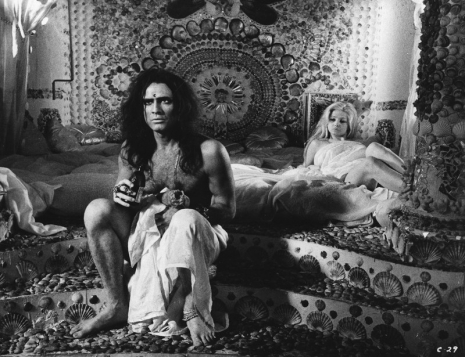
More eye candy from ‘Candy’ after the jump…









